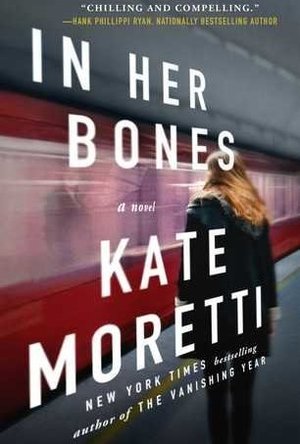
In Her Bones
Book
Fifteen years ago, Lilith Wade was arrested for the brutal murder of six women. After a death row...
mystery thriller fiction
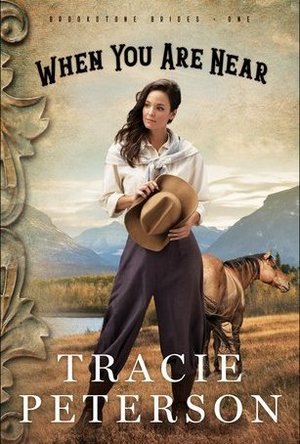
When You Are Near
Book
After her father's death, Lizzy Brookstone, the star trick rider of the all-female Brookstone Wild...
christian fiction historical romance
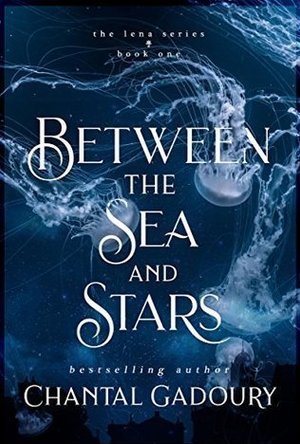
Between the Sea and Stars
Book
A Legend, A Magical Shell A Girl Who Dreamed Of Something More... Lena, a Merrow girl, lives...
mermaids mythology romance retelling fairy tale retelling young adult
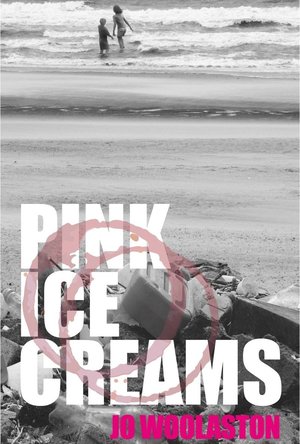
Pink Ice Creams
Book
Intent on fixing her broken marriage and the alcohol-fuelled catastrophe that is her life, Kay...
General Child Missing Alcohol Abuse Coast Friendship
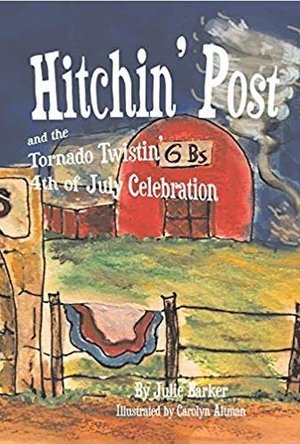
Hitchin' Post and the Tornado Twistin' 4th of July Celebration
Book
Hitchin’ Post, the cowboy jackrabbit, is back with an all new adventure on the 6Bs' Ranch. ...
Children's book children's books picture book series fiction Hitchin' Post

Out of the Wilderness (The Wilderness Series Book 5)
Book
She’s stubborn. She’s feisty. She’s determined. She’s a walking disaster… A marvelous...
fiction adult Western time travel romance series
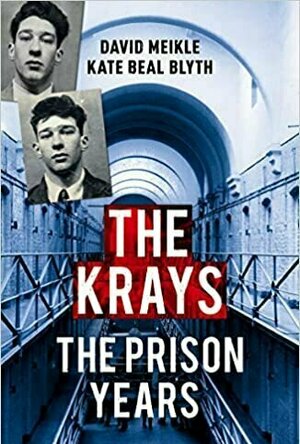
The Krays: The Prison Years
Book
In the 60s, Ronnie and Reggie Kray were Britain’s most notorious gangsters. With violence and...

Into The Storm (Full Circle #2)
Book
What happened on the island stays on the island...or at least, that was the plan. Two months...
Contemporary MM Romantic Suspense
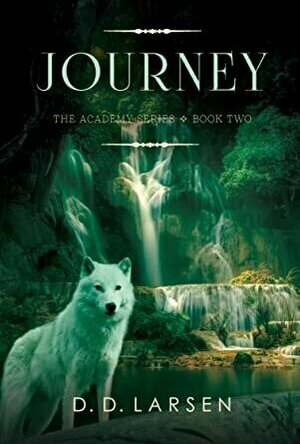
Journey (The Academy #2)
Book
In book two of The Academy series, Jamie is torn between the safe Liam and the adventurous Wren as...
Paranormal Romance Shifters

The Alcoholic Mercenary
Book
They said, “See Naples and then die!” Rachel had thought it was to do with the place’s...
Historical Crime